Douglas Park
Introduction
Author-Uploaded Audio
Narration provided by Cory Castoe
Text-to-speech Audio
This park was originally part of a school land section that funded public schools by leasing the land to private individuals. In 1911 the state Land Office converted the land into an addition to Oklahoma City. They created the Douglas Place addition and included land for Douglas Park, both named after Grace Douglas who had held the lease on the land.
Images
Looking Across Douglas Park from NW 45 and Walker, c 1948
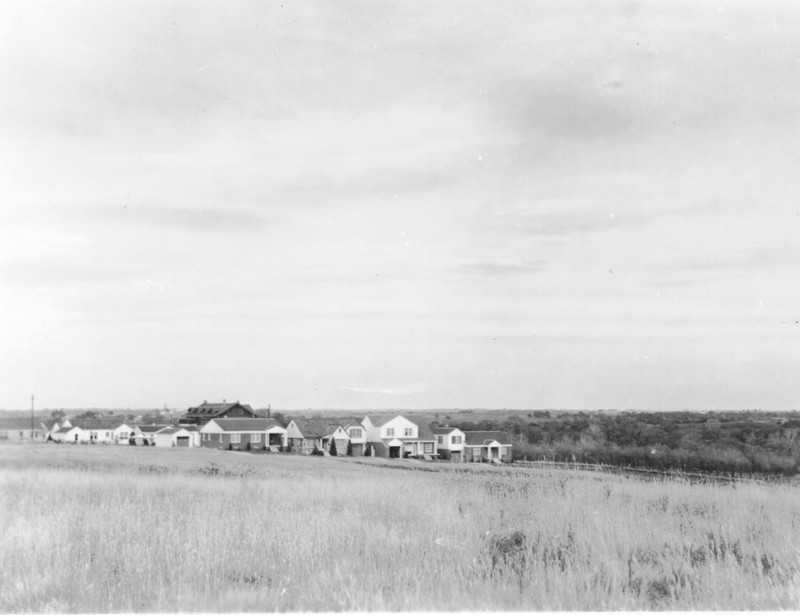
Douglas Park Under Development, c 1948
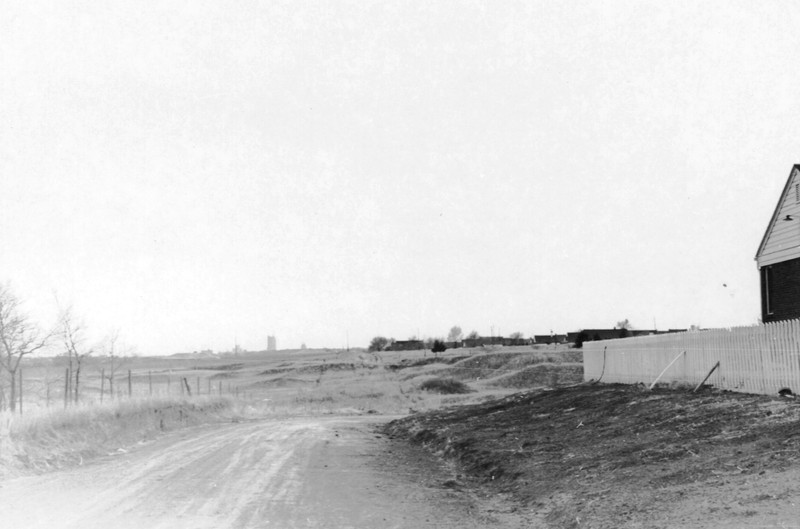
Douglas Park Under Development, c 1948
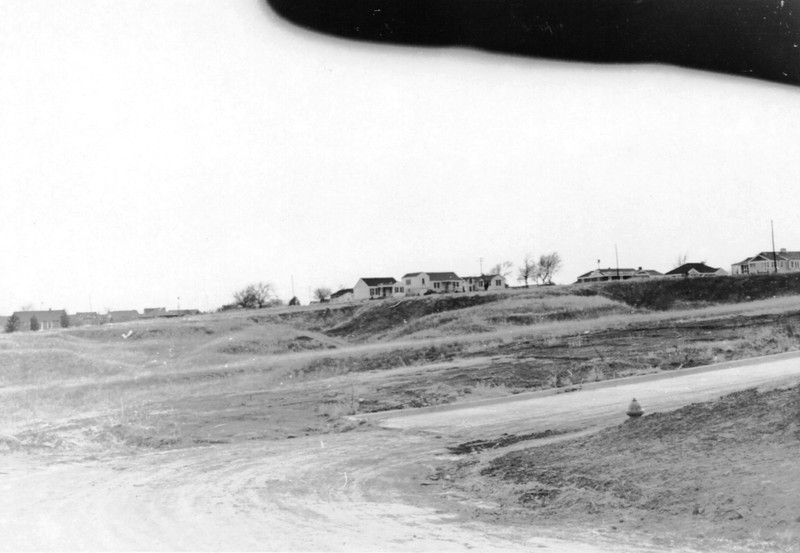
Looking Across Douglas Park from NW 45 and Walker, c 1948
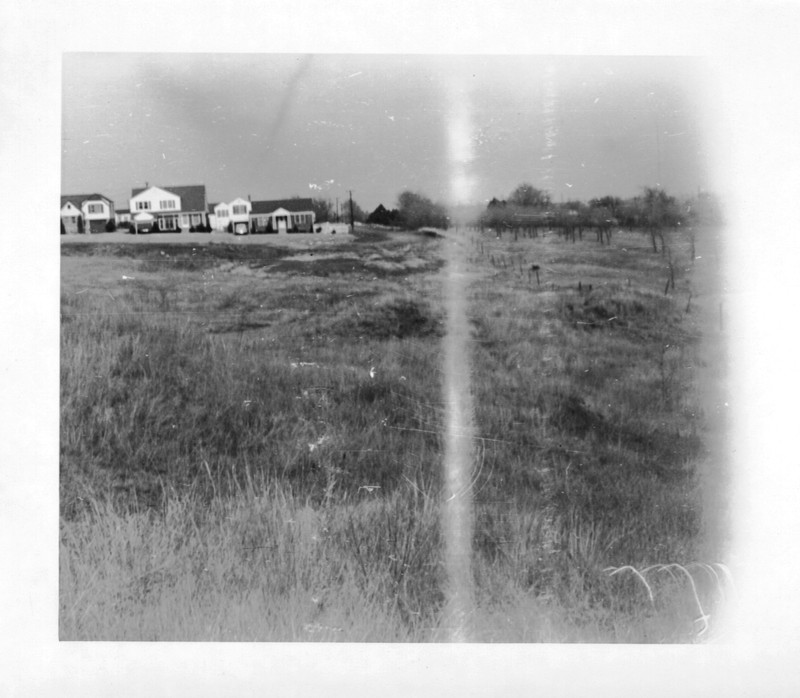
Sledding at Douglas Park
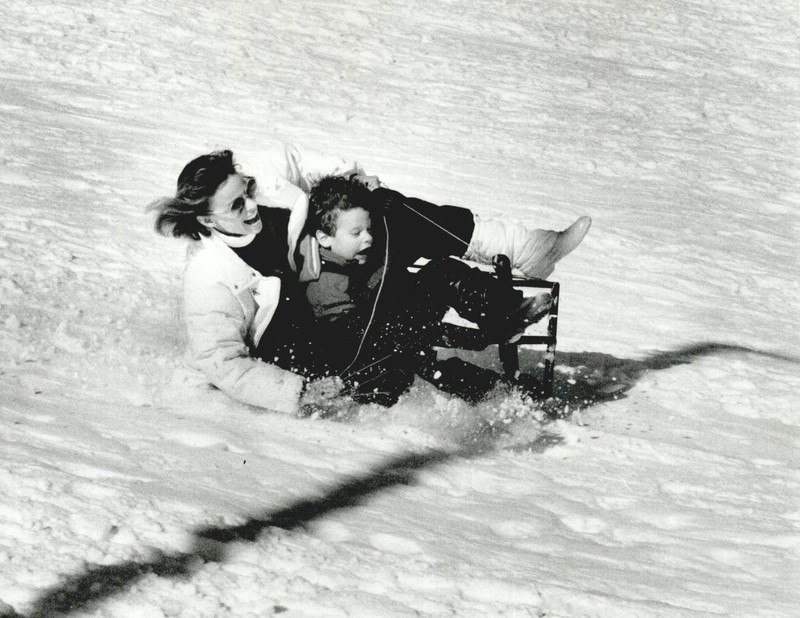
Pulling sled up Douglas Park hill
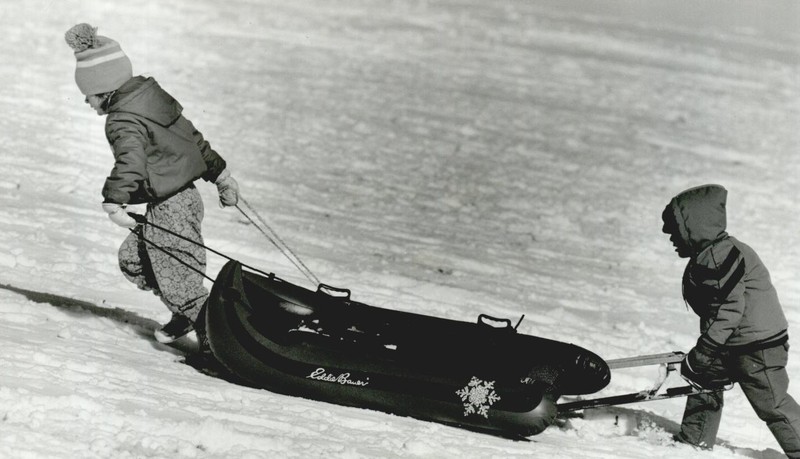
Pool house at Douglas Park
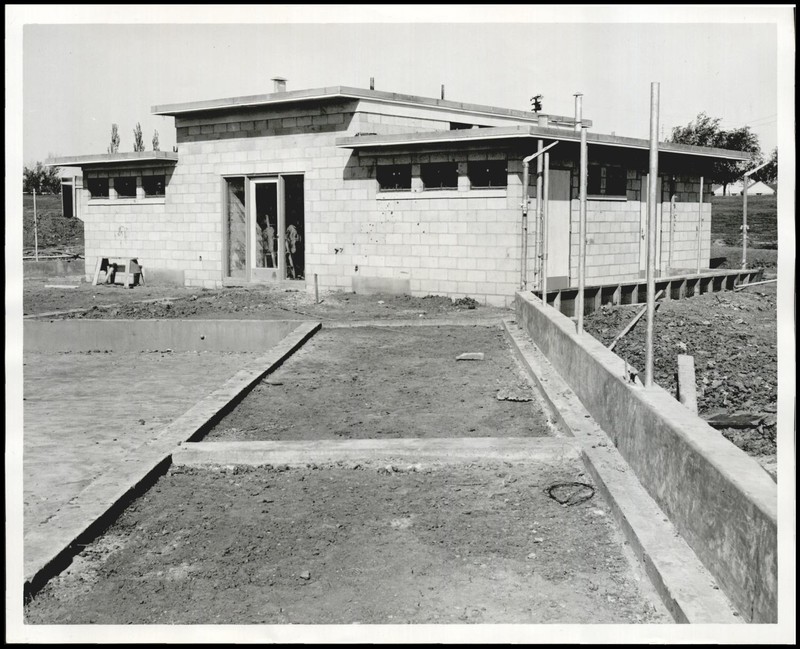
Backstory and Context
Author-Uploaded Audio
Narration provided by Cory Castoe
Text-to-speech Audio
This park was originally part of a school land section that funded public schools by leasing the land to private individuals. About 1906, Grace L. Douglas held the lease on the quarter section between NW 43 and NW 50, Western and Walker, and she lived in a country house at NW 48 and Western with her three boys. In 1911 the state Land Office converted the land into an addition to Oklahoma City and, following established practice, they created Douglas Park in the Douglas Place addition, both named after Grace Douglas.
Grace Douglas was a strong and industrious woman. She operated the farm on the school lease and she worked as a freelance draftsman in a time when women were discouraged from pursuing a career. Her mother-in-law, Julia Douglas, was a tireless civic leader who founded the first women’s club and was instrumental in creating the city’s first high school and the public library. Grace continued Julia’s civic work in the women’s club and volunteered for the Red Cross during the devastating influenza pandemic of 1918.
Its sharp features have been smoothed by landscaping now, but this park was originally a natural draw which drained water into the Deep Fork River about a half mile north. The Deep Fork and its feeders made the landscape all around this area much different than that of the rest of the city. The playground area today was the top of a small bluff and the north and south sides formed a banked slope which formed the draw. In the 1940s an anonymous photographer documented this neighborhood on film when it was still scarcely developed and the area east of Walker was still wild country. In his notes, he described the area as, “the canyons and valleys of my youth.”
Sources
"Young Artist is Buried." Daily Oklahoman October 17th 1918. , 12-12.
Robert Allison Collection, Metropolitan Library System
Robert Allison Collection, Metropolitan Library System
Robert Allison Collection, Metropolitan Library System
Robert Allison Collection, Metropolitan Library System
Oklahoma History Center
Oklahoma History Center
Oklahoma History Center
